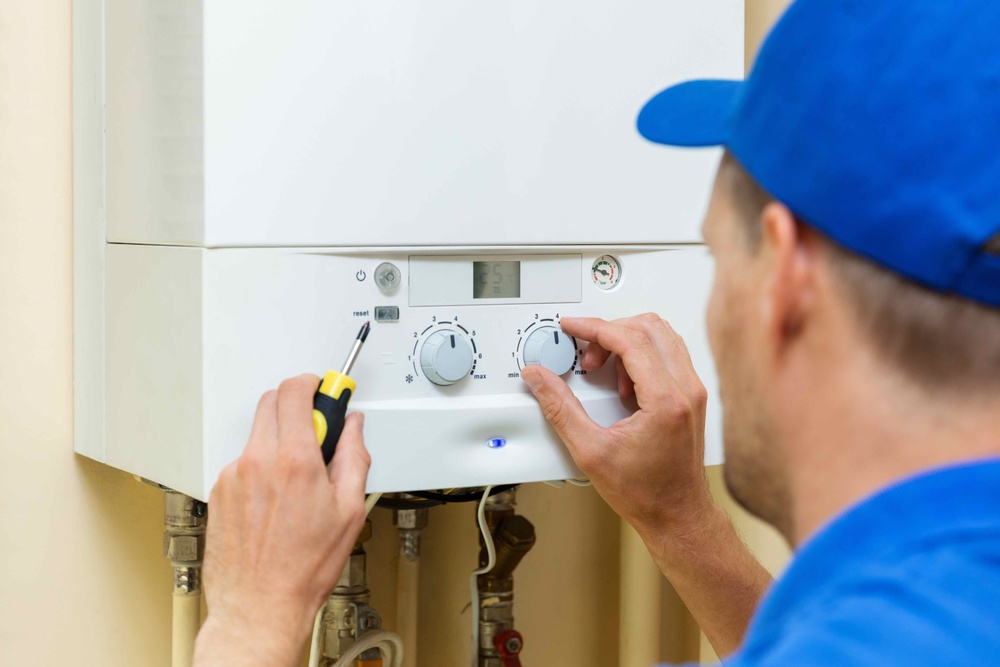Moving into a new house can be an exciting experience. However, choosing an energy source for cooking, plumbing, and heating systems for a new home may be difficult to decide. Location, safety, cost, and sustainability must be factored in when weighing the pros and cons of gas versus electricity.
There are many electric and gas retailers to choose from, so there's an available plan to suit your needs on the move-in day, even if you still need to make connection plans during the building stage. The best energy source for your new home can be determined by taking into account the factors this article outlines.
Considerations
One factor to consider is location. For instance, due to Australia's intent to phase out the use of fossil fuels, some locations like Canberra and its suburbs will no longer be able to install new gas connections beginning in 2023 until its total phaseout in 2045.
In Victoria, old and new residents are encouraged to participate in the Victorian Energy Upgrades program with incentives to go all-electric. Therefore, if you’re considering using solar energy to reduce costs, decide which primary source is better for energy efficiency.
Local laws and distance from gas and electric companies must be factored in when considering gas or electric installations. It would also be great to find reliable and speedy technicians and plumbers like Raeco Plumbing, who are adept in both.
Costs would differ per country, especially those affected by the rise of natural gas, coal, and fossil fuel prices, especially with the ongoing Ukraine-Russia War.
Natural Gas
In Australia, two-thirds of households still use liquefied petroleum gas (LPG) or natural gas. However, while natural gas is cheaper than oil-sourced energy, it has been projected to last for only 44 more years at the present consumption rate, assuming no new reserves are discovered.
Natural gas accounts for 17% -20% of emissions, and its price is approaching that of electricity. Currently, there are moves to make renewable gas available in homes at a price substantially lower than electric.
Costs
- Lower generated cost but high installation costs
Pros
- Cheaper than electric
- Less pollution
- Naturally present
- Easily transferred
Cons
- Negative impact on the environment because of emissions and methane leak
- The incentive has been cut
- New homes no longer require to have a gas connection
- Affects the ventilation and the oxygen content in the room when used for heating
- Higher consumption (e.g., air-conditioners)
- Easier to transport, but the volume is four times larger
- Gas appliances may require more connections and are less handy to work with
- Emits carbon dioxide and may be difficult to contain and harness
- High heat losses make it less efficient
- Not available in reticulated systems
- Non-renewable

Electric
Australia is heavily dependent on the abundant supply of local coal as the main energy source for its power plants. Here are a few things to look into:
Costs
- Though Australia is a major producer of coal and uranium, electricity is projected to increase by 30% in the coming year.
Pros
- It’s more sustainable because electricity can be generated from green or renewable sources
- It’s more efficient because of its high heat conversion that does need to undergo combustion
- Room heating is efficient and does not burn the oxygen in the room
- Capable of thermostatic control, especially low-temperature heating
- Electric appliances are safer, cleaner, and more efficient
- Reliable supply
- No exhaust gases
- Low noise of electric appliances
- The incentive provided by the Australian government
Cons
- High current may pose a danger to life (accidental electric shock)
- More expensive than natural gas
- More infrastructure from source to home
- Produces more pollution
- When dams are used, it harms the wildlife ecosystem
- Damming results in less land for agriculture
Weighing In
Fossil fuels are still the biggest energy source worldwide, with coal producing about a third of the global consumption. Natural gas is dwindling at less than one-fourth of the contribution. However, these are all set to change by 2040, when renewable forms of energy, passing through the plant to home infrastructure and conduit, are set to surpass all other forms.
Publisher Website: https://raecoplumbing.com.au/